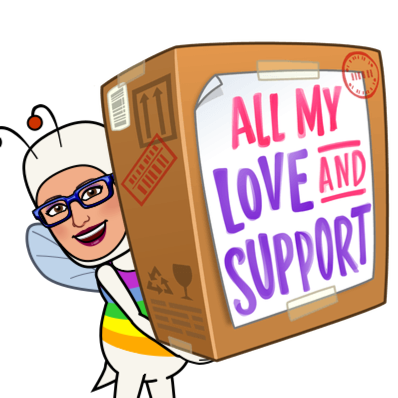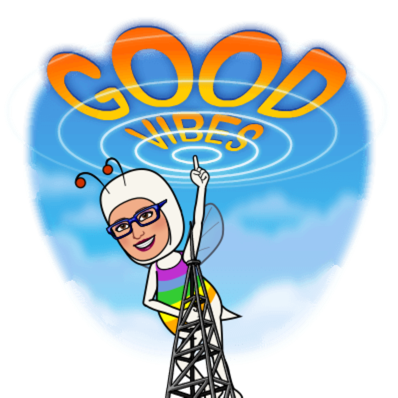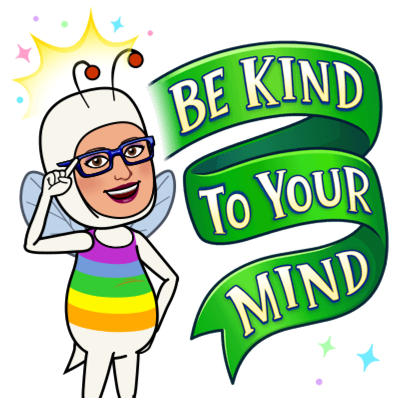Upon entering teaching, one of my favourite subjects to teach was art. At the elementary level, it was exciting to see children gain confidence as they expressed themselves creatively. Over the years, I also used art to help children express a scenario that was difficult to articulate with words. However, it was near the end of my career when two art therapy students worked with select children in my class who were struggling with behaviour issues, that I saw how art was used as a healing tool. These children often were bullies because they had a hard time identifying and expressing emotions. Here is an article offering more about how art therapy can work.
This blog is dedicated to acknowledging trauma in the lives of our kids and offering the tool of artistic expression to help our children cope and heal. Ultimately, we need to make a commitment to engaging in positive proactive behaviours that will reinforce strong mental health in our kids.
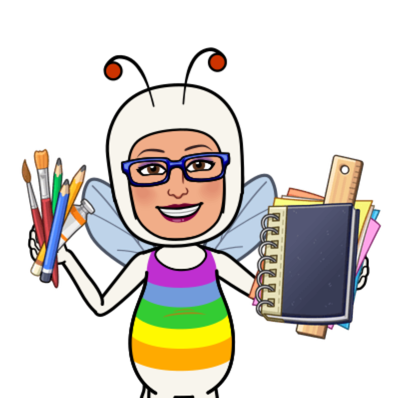
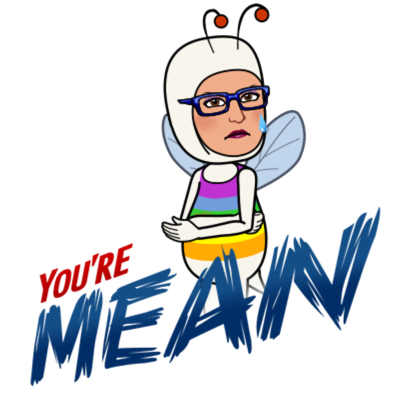
Parents, grandparents and educators, as a teacher I have observed many children struggling to make sense of small and large ‘T’ traumas. As Gabor Mate points out in his recent epic book The Myth of Normal, there are so many factors in today’s world that are causing great stress, anxiety, depression and ‘trauma’ for our children. It’s exceptionally complex. Layer this with children who are highly sensitive and as such have a much lower threshold than others who appear to be unaffected by circumstances. For these kids, a small t trauma might end up being a large T trauma. As Mate points out, trauma is the root of our mental health imbalance. We as children, teenagers and adults are trying to cope and ease our pain with some form of self-soothing. Often these strategies end up leading to dysfunctional and/or addictive behaviour.
One childhood topic of concern, that has received a lot of attention is bullying. Look at Chris Carberg’s compelling story. He describes the effect that bullying had on him. After fighting through and recovering from the resulting addiction, (his self-soothing behaviour) he is now devoting himself to helping others heal from the disease. Yes, addiction is a hugely complex topic BUT Chris is emphasizing how often the common childhood issue of bullying contributes greatly to being the root cause of addiction.
So where am I heading with this alarm? We need to stop the cycle of bullying, and dysfunctional behaviour in both children and adults (the role models). We need to reduce children’s exposure to trauma. Let’s turn to Brene Brown in Atlas of the Heart, which describes 87 emotions and experiences. Brown puts forth the case that to be human we need to learn to identify and express all these human emotions. As adults, it is imperative that we teach our children these emotions and experiences. This will allow our children to blossom with self-awareness, empathy and the desire to seek to understand when faced with adversity or differences.
Again, you might be asking okay but how does this apply to artistic expression? We can use art to help children describe feelings and articulate their own identities. Here are my video reading links to two such picture books:
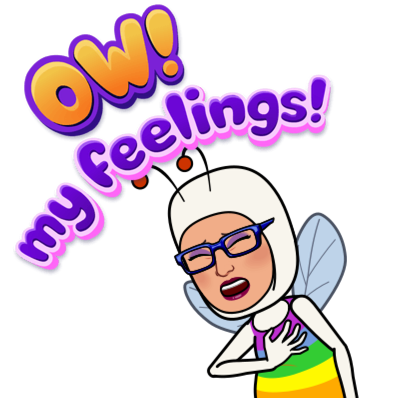
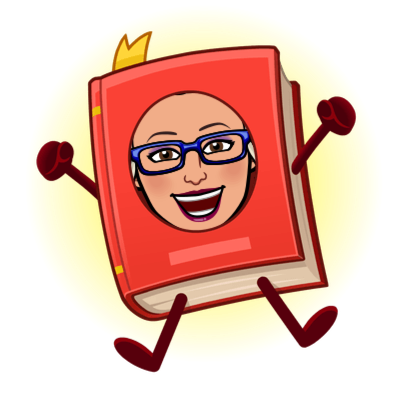
I Don’t Draw I Colour is a fabulous story to springboard into discussions with children about how colours make you feel and the power of different lines. It also encourages chat around the lack of drawing confidence and challenges children to do a self-portrait.
Red is another wonderful book to engage young ones in discussions about self-concept, labels, preconceived notions, accepting people for who they are and self-discovery. It also reminds us not to bully people (our children) into what we want or expect them to be.
Both these books can be used to help articulate feelings in a drawing challenge. They can be referenced or read to guide kids to use art in helping them express feelings or an experience. Remember this applies to not only a child who is a victim but a child who is acting out (the bully). Too often the acting-out child does so because they are overwrought by confusion, ignorance, jealousy, envy, need for control or anger that they choose to impulsively act out rather than slowing down and seeking to understand.
In our family, one of our sons was bullied a number of times through kindergarten, elementary school and high school. Our children were engaged in many creative projects growing up, however, if I had to do it over again, at a preschool level I would have used drawing therapeutically in facilitating their emotional awareness and articulation. It may have offered yet another tool to help our kids identify and express their feelings. Here is an article that offers a specific rationale for the use of art therapy.
As a retired educator, observing our current complex trauma-inducing world it is troubling. As outlined by Gabor Mate, more than ever we need to help children and young people develop coping skills to maintain mental health. Brene Brown suggests the first and critical step in being human is through emotional awareness and identification. This can be achieved through children’s literature and art. The more that our kids develop self-awareness and empathy, we can hopefully reduce dysfunctional behaviour that often results in bullying. In turn, later in life, bullying has the potential to result in disastrous consequences such as ‘coping diseases’ such as addiction, as shared by Chris Carberg. The more the world can play with imagination, form, colour, movement and line, the more we can proactively seek to understand and create a peaceful world through our creative expression.


Dig Deeper
An outstanding blog post about art therapy with theory, activities and resources:
- https://positivepsychology.com/art-therapy/
- https://www.ccpa-accp.ca/psychological-benefits-of-art-therapy/#:~:text=It%20encourages%20the%20development%20of,providing%20insight%20into%20traumatic%20experiences
- https://www.smithsonianmag.com/science-nature/can-art-therapy-help-patients-deal-with-mental-health-struggles-during-the-pandemic-180980310/



